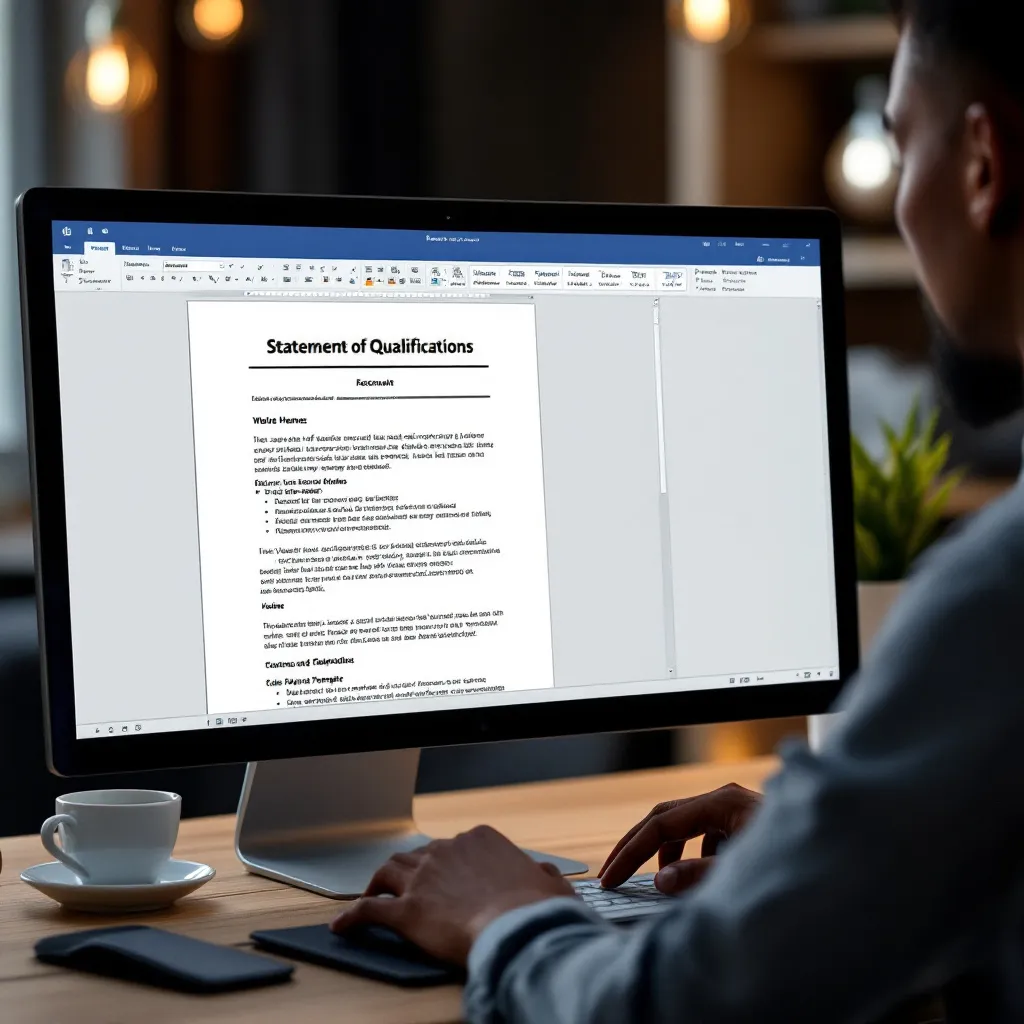Small businesses and startups often operate with tight budgets, making recruitment tools that come with hefty price tags seem out of reach. Fortunately, free applicant tracking systems (ATS) offer an accessible entry point to streamline hiring processes without the financial commitment. This guide explores how these free tools can transform your recruitment efforts while acknowledging when it might be time to upgrade.
Understanding Free Applicant Tracking Systems
Free ATS solutions come in two primary varieties: completely free platforms with basic functionality and freemium models that offer limited access to more robust systems. These tools help small businesses automate recruitment while maintaining compliance with regulations like EEOC guidelines and GDPR.
Most free ATS platforms include essential features such as:
- Basic candidate management including resume parsing and application tracking
- Job posting capabilities to free job boards like Indeed and LinkedIn
- Collaborative hiring tools for team feedback and evaluation
- Simple workflow management with basic status tracking
However, these solutions typically come with limitations compared to their paid counterparts:
- Restrictions on active job postings (for example, BreezyHR limits free users to just one active position)
- Capped candidate database sizes
- Limited reporting capabilities
- Minimal customization options
- Reduced integration possibilities
For UK businesses, it’s particularly important to ensure any free ATS meets ICO data protection standards through features like encryption and proper access controls.
Top Free ATS Solutions for Small Businesses
When evaluating free applicant tracking software, consider factors like user interface, essential features, scalability, and support availability. Based on current market offerings, these solutions stand out for small businesses:
| Solution | Best For | Key Feature | Compliance Support |
|---|---|---|---|
| BreezyHR | Startups | Kanban-style candidate tracking | EEOC report templates |
| Indeed ATS | Quick hires | 300M+ candidate database | OFCCP-compliant job postings |
| Zoho Recruit | Tech companies | Multilingual career portals | GDPR consent management |
| SmartRecruiters | Scaling teams | AI candidate matching | Automated EEO surveys |
A notable example comes from London-based startup TechFlow, which tripled its engineering hires using Zoho Recruit’s free plan to simultaneously manage applicants from both EU and US markets.
Open Source vs. Freemium Options
When considering free ATS solutions, you’ll encounter two distinct models:
Freemium ATS platforms offer limited access to commercial products, typically restricting the number of job postings, users, or candidates. These are ideal for businesses seeking polished, ready-to-use solutions with minimal technical requirements. The advantage is immediate usability, but you may quickly outgrow the limitations.
Open-source ATS solutions provide the complete software code for free, allowing unlimited customization but requiring technical expertise to implement and maintain. While potentially more powerful, they demand either in-house development resources or budget for external technical support.
For most small businesses without dedicated IT staff, freemium options like those listed above offer the most practical entry point to ATS technology.
Implementing a Free ATS Effectively
To maximize value from a free ATS implementation, follow these strategic steps:
1. Prioritize Compliance
- Configure EEOC disability self-identification forms
- Set appropriate record retention periods (4 years is recommended)
- Utilize built-in EEO-1 report generators
- Ensure your ATS setup meets relevant data protection requirements
2. Optimize for ROI
- Connect your ATS to free job boards like Google Jobs
- Use complementary free tools for job description optimization
- Implement referral tracking codes to identify your best candidate sources
- Create standardized email templates to save time on routine communications
3. Establish Clear Workflows
- Define hiring stages that match your actual process
- Set up automated status notifications to keep candidates informed
- Create standardized evaluation forms for consistent candidate assessment
- Document your process to ensure consistent implementation across teams
Many small businesses struggle with ATS login and user adoption initially. Combat this by conducting proper training sessions and creating simple process documents for your team.
Measuring Success with Free ATS Tools
Even with limited analytics capabilities, tracking these key metrics will help assess your free ATS effectiveness:
- Application Completion Rate (target: above 80%)
- Source Yield (calculate which channels produce the most hires)
- Time-to-Hire (benchmark against your pre-ATS process)
- Offer Acceptance Rate (industry benchmark: 65-75%)
Manchester-based retailer BrightStyle achieved impressive results by focusing on these metrics, improving time-to-hire by 40% using SmartRecruiters’ free funnel analytics to identify and eliminate process bottlenecks.
For metrics not automatically tracked in your free ATS, create simple spreadsheets to supplement the built-in reporting. This manual tracking can help you beat hiring software limitations while still gathering valuable insights.
When to Upgrade from a Free ATS
While free solutions offer tremendous value for small businesses, certain triggers indicate it’s time to consider paid options:
Warning Signs:
- You regularly need more than 5 active job postings
- Your team requires advanced features like background check integrations
- You’re processing more than 250 applications monthly
- Manual workarounds are consuming significant staff time
- You need advanced compliance features for specialized industries
Austin-based SaaS company ScaleRight provides an instructive example. They initially used a free ATS but upgraded to a paid Rippling solution after winning government contracts that required ISO 27001-compliant document storage—a feature unavailable in free versions.
When transitioning from free to paid ATS, prioritize:
- Complete data migration (candidates, templates, workflows)
- Team retraining on new features
- Process documentation updates
- Integration with other HR systems
Conclusion
Free applicant tracking systems offer small businesses a valuable entry point to recruitment automation without financial commitment. By understanding available options, implementing strategically, and measuring results, companies can significantly improve their hiring processes even with limited resources.
For businesses just starting their recruitment optimization journey, free ATS solutions provide an excellent foundation. As your needs grow more complex, the insights gained from using these systems will better position you to select the right paid solution when the time comes.
Creating an ATS friendly resume is crucial for job seekers, but as an employer, understanding how these systems work helps you design better job postings and application processes that attract top talent. Whether you stick with a free solution long-term or eventually upgrade, the efficiency gains from implementing even basic ATS functionality can transform your recruitment capabilities.
Ready to take your recruitment process to the next level? ResuFit offers powerful tools that complement any ATS implementation, helping both employers and job seekers navigate the increasingly automated hiring landscape.




















